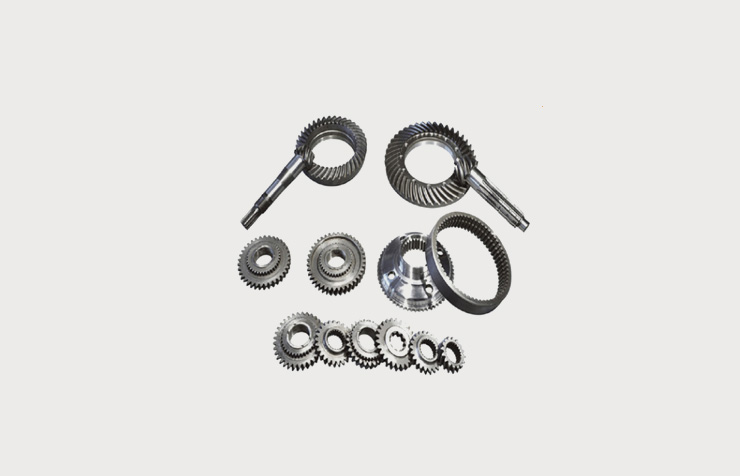Why do powder metallurgy parts have burrs?
Powder metallurgy is a process technology for producing metal powder or using metal powder (or a mixture of metal powder and non-metal powder) as raw material, forming and sintering to manufacture metal materials, composite materials and various types of products. The powder metallurgy method has similarities with the production of ceramics, and both belong to the powder sintering technology. Therefore, a series of new powder metallurgy technologies can also be used for the preparation of ceramic materials. Due to the advantages of powder metallurgy technology, it has become the key to solve the problems of new materials and plays a pivotal role in the development of new materials.

Why do glitches occur?
1. Gap between powder metallurgy molds Powder metallurgy technology is a metal powder molding technology. The relative sliding between the die and die punch, die punch and mandrel must have a fit gap. When metal powder or finishing sintered billet When a part is formed under pressure in a mold, it will flow or plastically deform. The filling effect of molded parts in the mold fit gap is the root cause of burrs.
2. The precision powder pressing of powder metallurgy molds mostly adopts the capacity powder filling method. The surface of the mold is in direct contact with the powder, and the fine powder particles are easy to enter the gap of the mold, forming multi-body friction. In production practice, after the powder particles between the molds are hardened and the mold gap is further reduced, fine scratches will be left on the surface of the mold. With the intensification of wear and tear, the surface roughness of the mold decreases, which increases the friction between the powder and the mold, and burrs are prone to appear during demoulding, and even cannot be formed. In addition, the precision or manufacturing precision of the mold will also have a certain impact on the quality of the product. The shape of the burr depends on the surface quality of the mold. Generally, the surface of the part is rough and has no metallic luster.
3. Damaged powder metallurgy molds. Powder metallurgy parts often have chamfers. In order to reduce subsequent machining and save costs, chamfers are added to the mold when designing the mold, so that thin edges or even sharp corners tend to appear on the mold. vulnerable to damage in these places. Due to the complex shape of the mold and high manufacturing costs, it is often still in service without affecting the final quality of the product, and flash burrs will appear. The shape of the burrs is relatively regular and exists in the defects of the mold.
4. Powder metallurgy mold installation and use Mold installation is generally installed from bottom to top, from inside to outside, relying on the cooperation of the mold itself for positioning. Due to the existence of the mold fit gap, when installing and debugging the mold, the uniform distribution of the fit gap cannot be guaranteed. The side with a large gap is prone to burrs, and the side with a small gap is prone to dry friction and local adhesive wear; Secondly, due to the defects of the installation itself, the die punch is not uniformly stressed during operation, and under the action of huge pressure, it is easy to produce small lateral movement, resulting in the gap increasing in one direction. Especially when forming special-shaped parts, due to the misalignment of the pressure center of the mold and the pressure center of the machine tool, the instability will not only produce large burrs, but also accelerate the wear and damage of the mold, which will also have a certain impact on the accuracy of the equipment. These problems produce locally irregularly shaped burrs.

